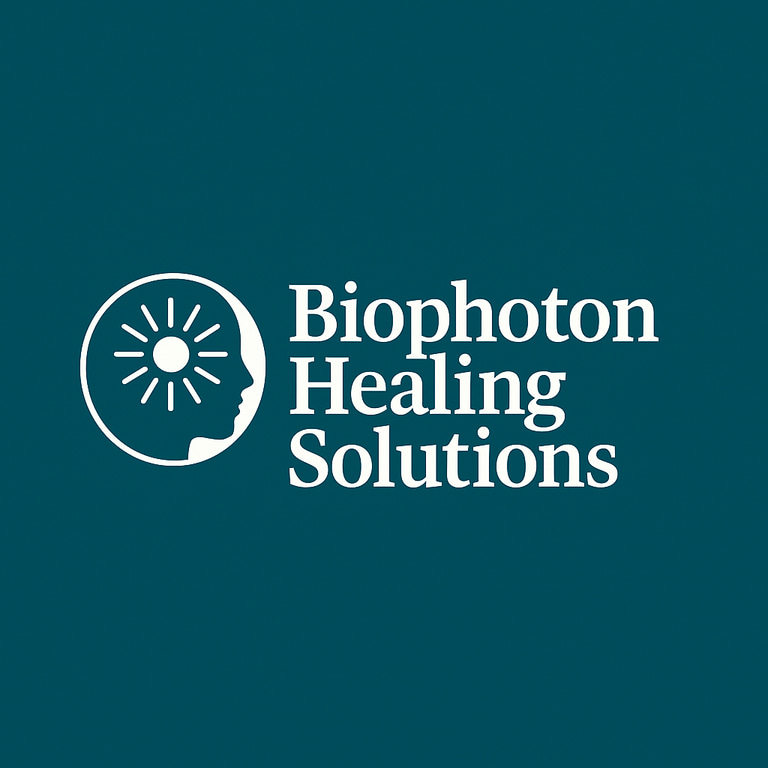How Do Stem Cells Come Into Play in the Field of BioPhoton Therapy?
Stem cells are a central focus in biophoton therapy because they are the body’s master repair cells. If biophoton therapy can indeed revitalize or energize cells, one especially valuable outcome would be to stimulate stem cells to function better – yielding improved healing, regeneration, and anti-aging effects. There are a few key intersections between stem cell science and biophoton approaches:
Biophoton Therapy Aiming to Boost Stem Cells: Emerging clinical research is directly examining whether exposing the body to biophoton energy can increase the quantity or activity of stem cells. A prime example is an ongoing randomized, placebo-controlled trial titled “The Impact of Biophoton Therapy on Self-Grown Stem Cells.” This study is testing Tesla BioHealing’s biophoton generators to see if a two-week exposure can increase adults’ own stem cell counts naturally.
The very premise of this trial highlights the hypothesis – that biophoton therapy might “recharge” the body’s stem cell system, leading to more endogenous stem cells available for repair. The therapy being tested involves participants sleeping with four biophoton generator devices around their bed (or identical placebo devices), and measuring outcomes like stem cell levels, inflammation, pain, and quality of life. By the end of the study, they will compare whether the biophoton-treated group shows an uptick in circulating stem cells or other regenerative markers.
Mechanistic Rationale – Light Stimulates Stem Cell Activity: At first glance, it may sound far-fetched that faint light or “energy fields” could influence something as profound as stem cell regeneration. However, consider the evidence from photobiomodulation (PBM) research. Numerous studies have found that applying low-level red/infrared light to stem cells in vitro or to injured tissues in vivo can enhance stem cell proliferation, migration, and differentiationpubmed.ncbi.nlm.nih.gov. For instance, PBM has been shown to spur mesenchymal stem cells (the type that repair bone, muscle, etc.) to multiply faster and secrete more healing factors. The biological explanation is that mitochondria in stem cells absorb the light, leading to more ATP and mild ROS generation, which then triggers signaling pathways (e.g. increased cyclic AMP, growth factors) that push the stem cell out of quiescence and into an active statepubmed.ncbi.nlm.nih.gov.
In one review, the authors concluded that “PBMT-based regenerative medicine could be a useful tool for future advances in tissue engineering and cell therapy”, precisely because of its capacity to stimulate stem cells non-invasivelypubmed.ncbi.nlm.nih.gov. Biophoton therapy is conceptually similar – though often lower intensity than PBM lasers, the idea is to bathe the body in beneficial light/energy continuously, thereby gently energizing cells including stem cells.
Observed Benefits in Regenerative Outcomes: Even if not measured by stem cell counts directly, biophoton therapies have reported improvements in conditions likely mediated by stem cells. For example, a clinical pilot on chronic stroke patients using the Tesla Biophoton Generators found significant improvements in patients’ mobility and quality of life, compared to placebopr.compr.com. Stroke recovery typically involves activation of neural stem cells and reorganization of brain circuits. The press release noted that the biophoton device “supports cellular repair, regeneration and communication” and helped patients regain function where conventional rehab had plateauedpr.com. Another case report described a woman with chronic autoimmune and deficiency issues who, after being around biophoton generators daily, showed stabilized blood levels and improved organ function – essentially a systemic rejuvenation. Such outcomes hint that the body’s repair mechanisms (for which stem cells are key agents) are being favorably modulated by the biophoton therapy.
Direct Measurements of Stem Cells and Biophotons: On a more experimental note, scientists have begun measuring biophoton emission in stem cells themselves. A 2020 study on neural stem cells found that these cells do emit ultra-weak photons, and interestingly, the intensity of emission increased after multiple cell divisions (passages). They also observed that adding certain nanoparticles increased the stem cells’ photon emission and concurrently pushed them to differentiate more into neurons. This suggests a possible link between the light emitted by stem cells and their developmental status – though it’s unclear if one causes the other. The broader implication is that biophotons might play a role in stem cell physiology, or at least serve as a real-time indicator of stem cell activity. If biophoton fields can influence that activity (as the nanoparticle experiment hints), then targeted biophoton therapy could become a tool to direct stem cell behavior.
In summary, stem cells are central to biophoton therapy’s promise: the goal is often to activate the body’s own stem cells to repair damage and rejuvenate tissues. Biophoton-based treatments, by improving cellular energy and communication, aim to create an optimal environment for stem cells to thrive.
Early peer-reviewed evidence shows light therapies can indeed enhance stem cell functionpubmed.ncbi.nlm.nih.gov, and current clinical trials are testing biophoton devices for boosting stem cell numbers in humans. If successful, this could open a new, non-invasive way to tap into stem cells – using light rather than drugs or transplants to unlock the body’s regenerative potential.
